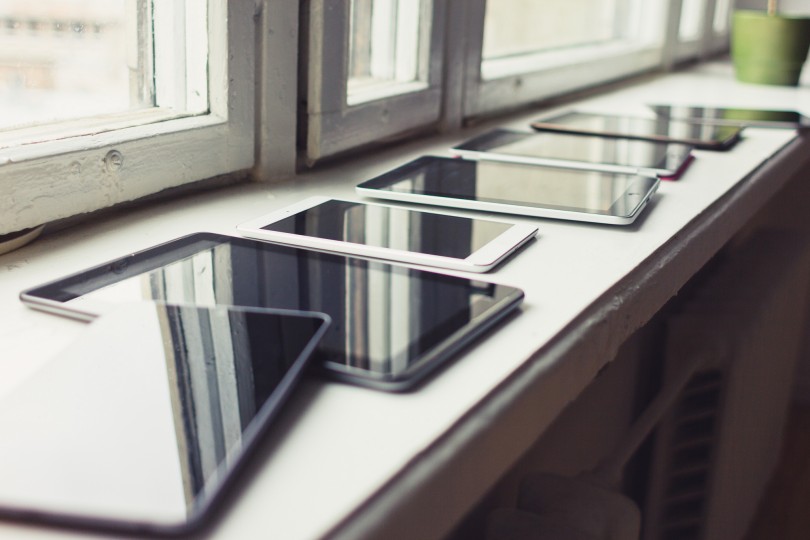aNewDomain — Have you ever looked at your notebook computer and said, “Darn it, I wish this thing didn’t have a keyboard!” Probably not, but tablets, which I think of as keyboard-free semi-computers, are ubiquitous nonetheless. Ever since the first Apple iPad — not the first tablet but for sure the one that made tablets so popular — everyone seems to want a tablet. But why? For what? If you want to know how to buy a tablet now, you just have to answer the below questions for yourself.
Here’s my How To Buy A Tablet guide.
What tablet should I buy right now?
If you’re thinking about getting a tablet, you may quickly get lost down the rabbit hole of features and specs and a multitude of other decisions. Fear not, because we’re about to help you understand what’s most important in making your tablet choice.
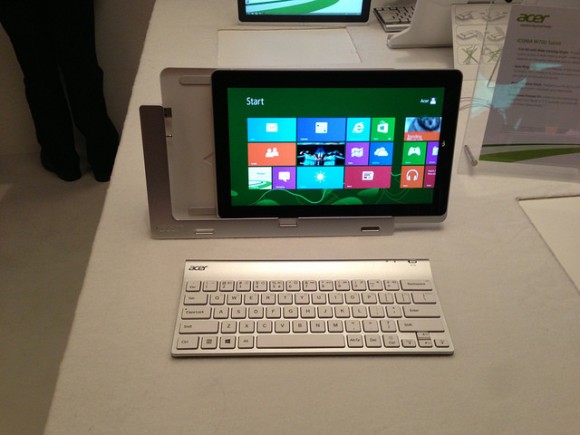 First and foremost, you must choose between a tablet and a notebook. The essential difference is this: Tablets are best at content consumption, while notebooks are best at content creation. (Add a wireless keyboard to a tablet, and you can have the best of both worlds, but we’ll skip over that for now.)
First and foremost, you must choose between a tablet and a notebook. The essential difference is this: Tablets are best at content consumption, while notebooks are best at content creation. (Add a wireless keyboard to a tablet, and you can have the best of both worlds, but we’ll skip over that for now.)
Without a keyboard, tablets are thin and lightweight. You can carry one conveniently in a pocket or small tote bag. The screens are larger than a typical smartphone, providing a more enjoyable viewing or reading experience, but small enough to be private and personal. You don’t have to share the device with others, the way you might with a large television.
But maybe you already decided the tablet is right for you. That’s why you’re here, right?
Key Features You Need to Consider
You will find hundreds of different tablet models available at any given time, especially when you include the end-of-life models and refurbished units. It can be confusing to pick one over another, especially when prices range from less than $100 to more than $1,000.
Here are some of the major differences you will find among the different choices.
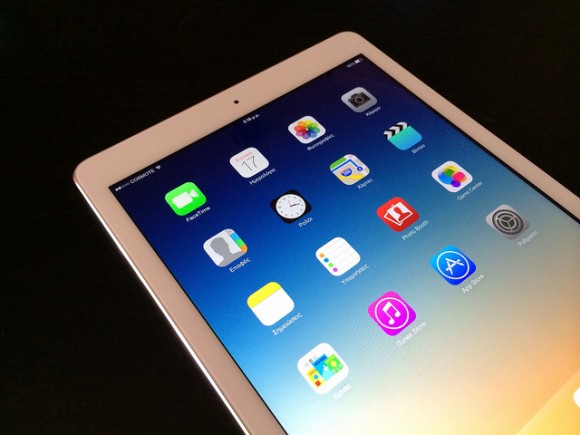 First and foremost is the choice of operating system. Apple more or less created the tablet market with its iPad. (There were other tablets before this, but they never really gained traction in the consumer market.) The iPad runs the Apple iOS operating system, similar to what iPhones use.
First and foremost is the choice of operating system. Apple more or less created the tablet market with its iPad. (There were other tablets before this, but they never really gained traction in the consumer market.) The iPad runs the Apple iOS operating system, similar to what iPhones use.
The majority of tablets on the market run the Android operating system (as do many of the leading smartphones). This is not the uniform choice that you might expect, as manufacturers can adjust the base Android software to their own particular design needs. In an extreme example of this customizing, the Fire OS used in the Amazon Kindle Fire tablets is derived from the Android operating system.
The third choice of operating system is Microsoft Windows. Some models come with a version of Windows 8, but in general these can be upgraded for free to the current Windows 10 if you prefer. Windows only has a small share of the tablet market — the Microsoft Surface is the leading choice in this category, but other manufacturers including Dell, Lenovo and Toshiba offer Windows tablets as well.
Which one should you choose? Functionally, you can pretty much do the same things with all of them. Pick the operating system that you are most comfortable with. A way to make the decision is to stick with the OS that’s on your smartphone or computer. This can make it easier to learn your way around the device, or transfer data from one device to another.
But the bottom line here is that you probably can’t make a mistake no matter which operating system you pick.
Display Choices
It’s more likely that you’ll pick your tablet based on the display, which makes sense because that is the feature you will interact with the most.
The most important specification will probably be the size. Tablets have display panels that range in size from 6 inches (diagonal) to more than 13 inches. The smallest are similar in size to some of the larger smartphones. The largest displays are bigger than those found on some notebook computers.
The most important consideration is how you plan to use the tablet. If you will use it in one location, then you can probably get a larger model. If you plan to carry it around with you, you’ll want it to fit in a pocket or something convenient. So look at the dimensions of the models when you’re picking one.
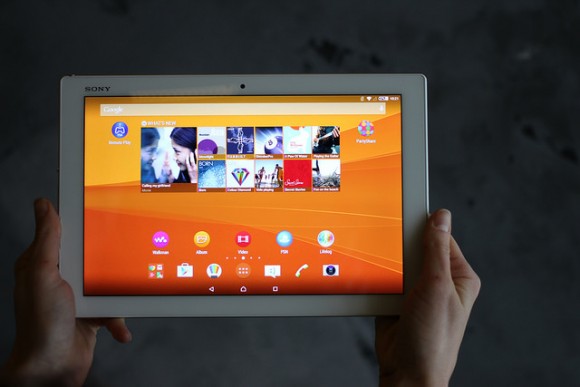 Also, keep in mind that these use glass displays, and glass is heavy, so as the screen size increases the weight also goes up. You’ll find models that weigh as little as half a pound, while the larger models can weigh more than two pounds. The weight comes into play, for example, when you think about holding one of these panels to watch a two-hour movie.
Also, keep in mind that these use glass displays, and glass is heavy, so as the screen size increases the weight also goes up. You’ll find models that weigh as little as half a pound, while the larger models can weigh more than two pounds. The weight comes into play, for example, when you think about holding one of these panels to watch a two-hour movie.
Another consideration is the resolution of the display. Some models have low resolution panels with only 800 by 480 pixels — this is the wide-screen version of standard (not HD) television and may not give you the sharp text and detailed video and photos that you expect. On the other hand, some tablets have extremely high resolution displays that reach 2,560 by 1,600 pixels. That’s nearly twice the number of pixels in a Full HD 1080p television; even if you have your nosed pressed right against the screen, you’re not likely to see all the detail. And even if you could, you would not find a lot of content that could make use of that high resolution.
It’s true that more pixels is generally better than fewer, but for most people, the standard HD resolution of 1920 by 1080 should be plenty for most applications on a tablet.
You’ll also see that tablets use different display technologies. The majority use LCD panels, and many of them use IPS (In-Plane Switching) technology for good viewing angle performance. Some models use OLED – organic light emitting display – panels that can use less energy (depending on what is displayed on the screen) and have better contrast than LCDs. All else being equal, expect an OLED tablet to cost more.
Other Features to Consider
Most – but not all – tablets have cameras so that you can take pictures with and have video-chat conversations with. In general, the rear-facing camera will have higher resolution than the front-facing camera (the one facing the user who is looking at the screen). Anything over 1 MP (megapixel) is sufficient for video chat; 2 MP is the equivalent of a Full HD 1080P television resolution.
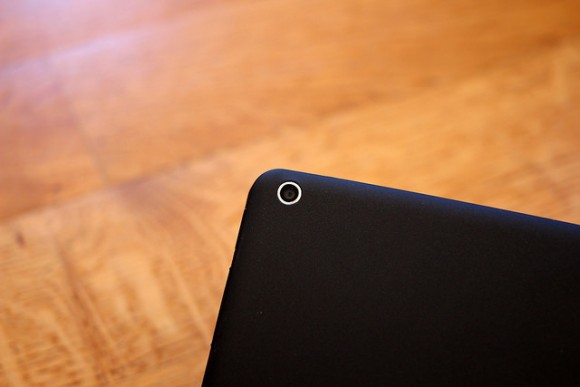 If you want to take highly detailed photographs, you might want a rear-facing camera to have higher resolution than that, but if you’re only sharing the photos on the Internet or using them as snapshots, you probably don’t need more than 2 MP.
If you want to take highly detailed photographs, you might want a rear-facing camera to have higher resolution than that, but if you’re only sharing the photos on the Internet or using them as snapshots, you probably don’t need more than 2 MP.
Most – but again not all – tablets will accept a microSD card to give you additional storage. If you like to travel with your entire music collection, or if you like to download a few movies to watch on long flights, you may want to get a tablet with this feature. Note that not all tablets will accept the largest capacity memory cards, so check carefully before you buy if this matters to you.
Almost all tablets support Wi-Fi wireless connections, which is important so that you can get access to information on the Internet. Most will support the 802.11b/g/n standards, but if you want the latest in high-speed wireless network connections, look for the models that support the 802.11ac standard.
Most tablets also support Bluetooth wireless connections, mainly because there are chips available that combine both Wi-Fi and Bluetooth support in a single package. This is handy as a connection for peripherals, from keyboards to wireless external speakers. If this is an important feature for you, check to make sure that the tablet you want includes it.
Some tablets are available with support for cellular data service, which generally requires an activation fee or contract along with a monthly subscription charge. This can be included in the base model, or available in an upgrade model at a higher price. Many tablets also include GPS location service, which can be used by apps such as mapping programs to provide you with turn-by-turn navigation directions.
With a tablet, you can take books, magazines, music, movies and the entire Internet with you wherever you go. Whatever you choose, you will be ready to be entertained and informed whenever you want. Good luck on your purchase, and leave comments if you have specific questions.
For aNewDomain, I’m Alfred Poor.
Images in order: Collection of tablets by Martin Voltri via Flickr; Acer Iconia W700 tablet by Maurizio Pesce via Flickr; iPad Air by John Karakatsanis via Flickr; Sony Xperia Z4 by Maurizio Pesce via Flickr; Tablet Camera by Maurizio Pesce via Flickr.

